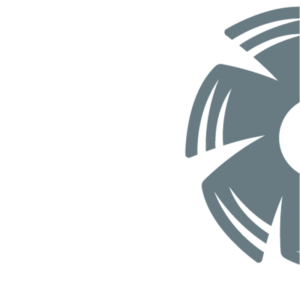Why HVAC Vent Cleaning Is Essential for Your Home or Business
Proper HVAC vent cleaning is essential for maintaining a healthy indoor environment and ensuring your HVAC system runs efficiently. Over time, dust, mold, and other debris can accumulate in your ducts, affecting both air quality and system performance. Regular cleaning of your HVAC vents not only improves airflow but also helps reduce energy consumption and prevent costly repairs. In this blog, we’ll discuss the importance of HVAC vent cleaning, how often it should be done, and the signs that indicate it’s time for a professional cleaning.
Importance of Cleaning HVAC Vents for Better Air Quality
Air quality plays a significant role in our health, and HVAC systems are one of the key components that circulate air throughout a building. Over time, HVAC vents accumulate dust, allergens, pet dander, and even mold. When these contaminants build up in your HVAC system, they are circulated throughout the indoor space, which can trigger allergies, asthma, and other respiratory issues.
By regularly cleaning your HVAC vents, you can significantly reduce the amount of dust and allergens in the air. This helps create a healthier indoor environment, especially for individuals with sensitivities. Clean vents ensure that the air circulating through your system is as clean as possible, promoting better air quality for everyone in your home or business.
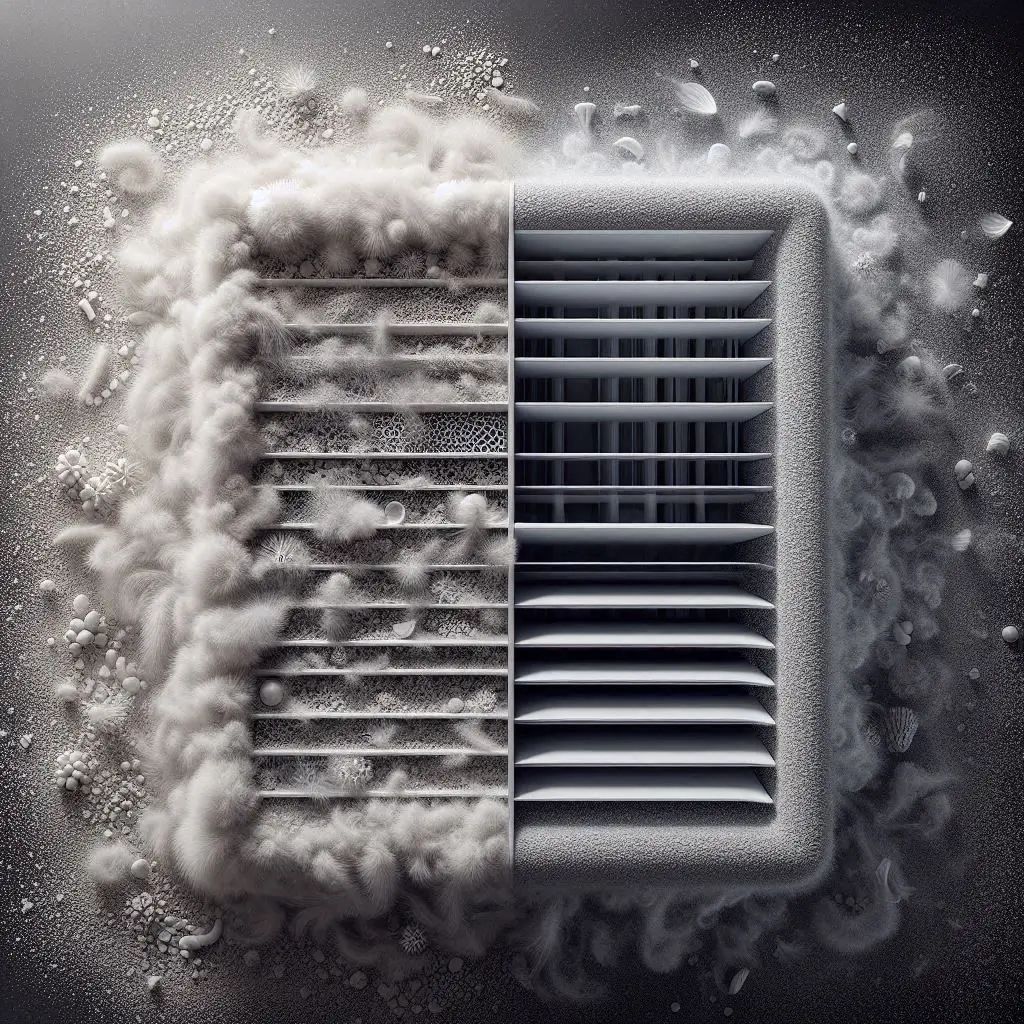
Discuss How Clogged Vents Can Lead to Higher Energy Bills and System Malfunctions
Clogged HVAC vents don’t just affect your indoor air quality—they can also lead to significant energy inefficiencies. When vents are obstructed by dust, debris, or other contaminants, the airflow through the HVAC system becomes restricted. This forces the system to work harder to maintain the desired temperature, which consumes more energy.
As a result, homeowners and businesses may notice an increase in their energy bills. In fact, dirty HVAC vents can lead to a 25-40% reduction in the system’s efficiency, which directly translates to higher costs for heating or cooling your space.
Furthermore, when the airflow is obstructed, your HVAC system may overheat, leading to possible malfunctions. Over time, the strain placed on the system can cause premature wear and tear, leading to costly repairs or even the need for a full system replacement. Regular HVAC vent cleaning helps keep your system running smoothly, reducing the risk of malfunctions and extending its lifespan.
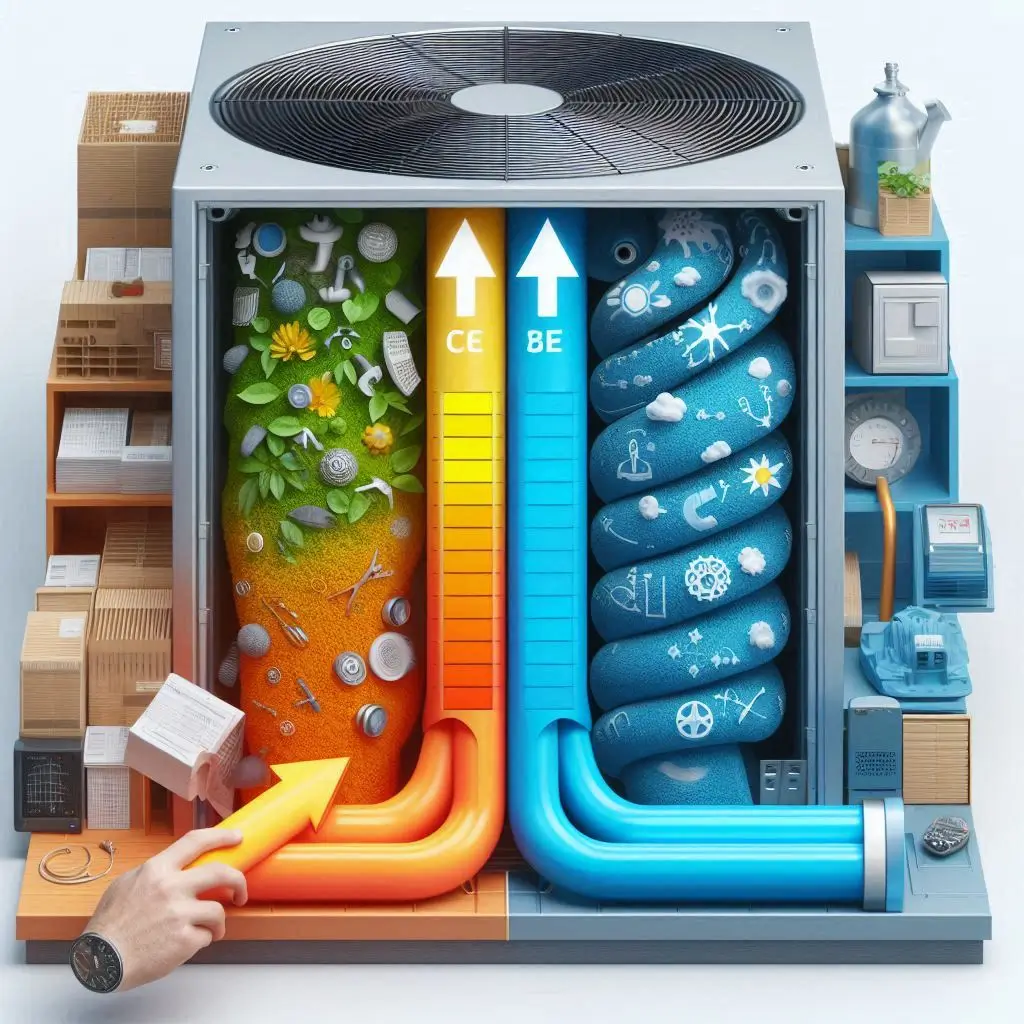
The Benefits of Regular HVAC Vent Cleaning
Maintaining clean HVAC vents not only improves the overall air quality but also boosts the performance and longevity of your HVAC system. In this section, we will discuss the key benefits of regular HVAC vent cleaning and how it helps your home or business.
1. Improved Indoor Air Quality by Removing Dust, Mold, and Allergens
Indoor air quality is one of the most overlooked aspects of our living or working environment. However, poor air quality can lead to a variety of health problems, including allergies, asthma, and respiratory infections. As dust, mold, pet dander, and other allergens accumulate in HVAC vents over time, they get circulated throughout the space every time the system runs.
By performing regular HVAC vent cleaning, you can significantly reduce the number of airborne contaminants that enter your living or working space. This results in cleaner, fresher air and can alleviate symptoms related to asthma, allergies, and other respiratory conditions. For homes or businesses with pets, children, or elderly individuals, the benefits of cleaner air are even more significant.
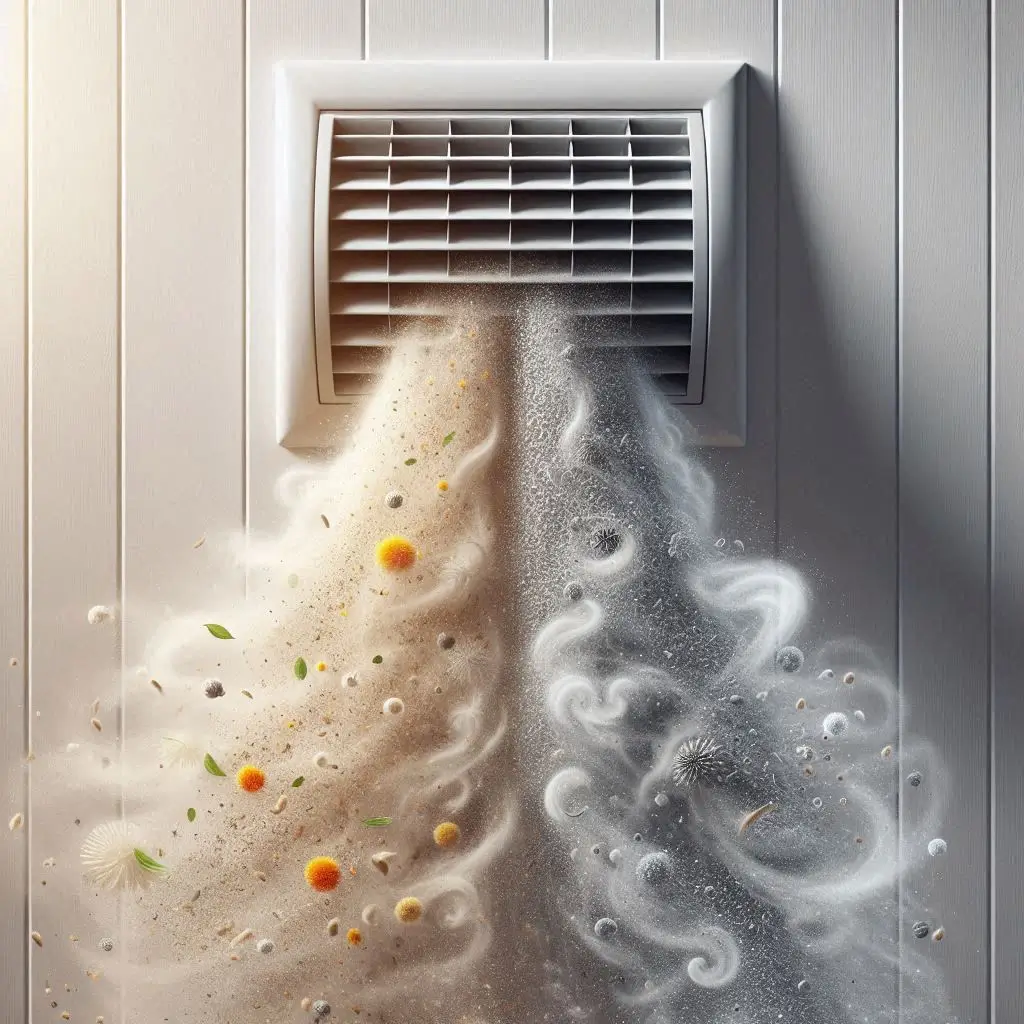
2. Enhanced System Efficiency and Reduced Strain on HVAC Systems
Dirty HVAC vents restrict the airflow in your system, making it harder for the HVAC unit to maintain the desired temperature. When vents are clogged with dust and debris, your HVAC system has to work harder and longer to push air through the system. This added strain can cause your system to consume more energy, leading to higher utility bills.
Cleaning your HVAC vents regularly allows for improved airflow, helping the system run more efficiently. When air flows smoothly, the system operates with less energy, which not only lowers your energy bills but also reduces wear and tear on the unit. This enhanced efficiency improves the overall performance of the system and helps keep it running at optimal levels.
Image prompt for better understanding: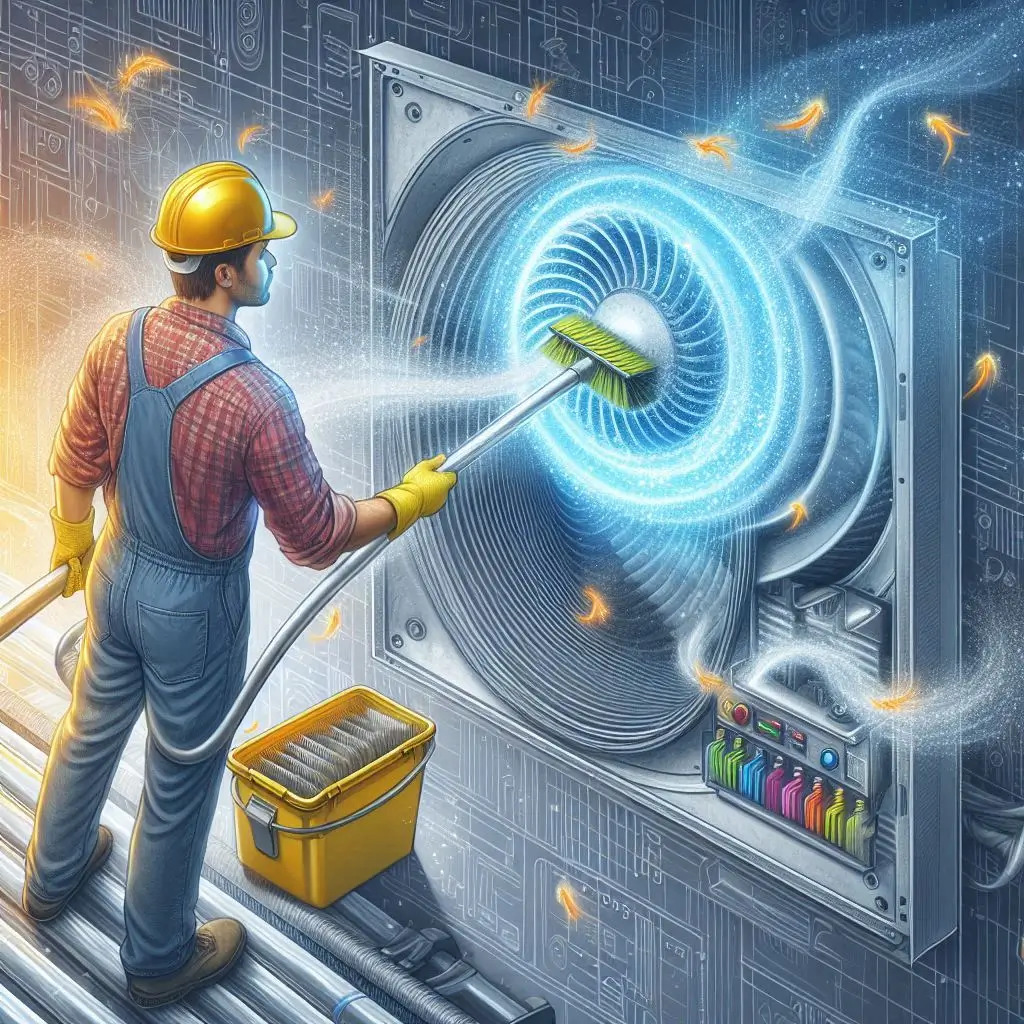
3. Prolonged Lifespan of HVAC Equipment
The buildup of dust, mold, and debris in HVAC vents and ducts can lead to premature wear and tear on your HVAC equipment. When your system is forced to work harder due to restricted airflow, it can overheat, causing components like the motor, coils, and compressors to break down faster. Over time, this can result in expensive repairs or the need for a complete replacement of the HVAC system.
Regular HVAC vent cleaning reduces the strain on your equipment, allowing it to function more effectively and last longer. By maintaining clean vents and ducts, you can help your system avoid costly repairs and extend its operational life. This ultimately saves you money by delaying the need for a new HVAC installation.

How Often Should HVAC Vents Be Cleaned?
One of the most common questions homeowners and businesses have is, “How often should HVAC vents be cleaned?” While there is no one-size-fits-all answer, several factors determine the ideal frequency for cleaning your HVAC vents. In this section, we’ll explore key guidelines based on usage, location, air quality, and whether you are dealing with a residential or commercial HVAC system.
1. Guidelines Based on Usage and Location
The frequency of HVAC vent cleaning depends largely on how frequently the system is used. Homes with central heating and cooling that run year-round will accumulate dust and debris faster than homes that only use the system seasonally. Similarly, businesses that operate their HVAC systems for longer hours will require more frequent cleaning.
- High Usage Areas: If your HVAC system runs continuously (e.g., in large homes or commercial buildings), cleaning the vents should occur every 1 to 3 years to ensure proper airflow and efficiency.
- Seasonal Use: For homes or businesses that only use HVAC systems seasonally, you can generally wait 3 to 5 years between cleanings. However, it’s still a good idea to inspect the vents annually.
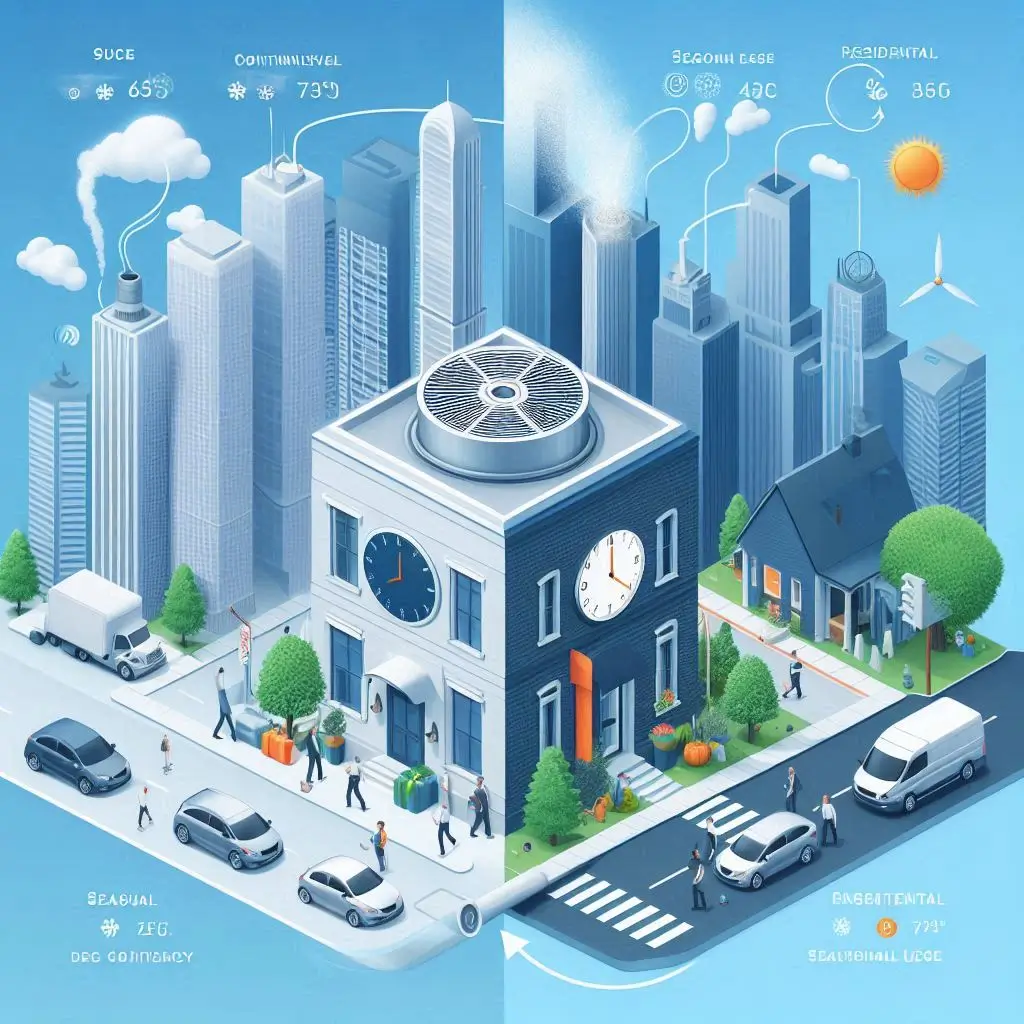
2. Guidelines Based on Air Quality
Air quality plays a major role in determining how often HVAC vents should be cleaned. Locations with high levels of pollution, pet dander, or dust will require more frequent cleaning. For instance, homes with pets or those located in areas with significant outdoor pollution should have their vents cleaned every 1 to 2 years.
- High Pollution Areas: Areas with smog, pollen, or dust storms may require cleaning more frequently, especially in the warmer months when the HVAC system is in heavy use.
- Pet Owners: Homes with pets produce more dander, which can accumulate in HVAC vents. Regular cleaning every 1 to 2 years will help reduce allergens in the home.
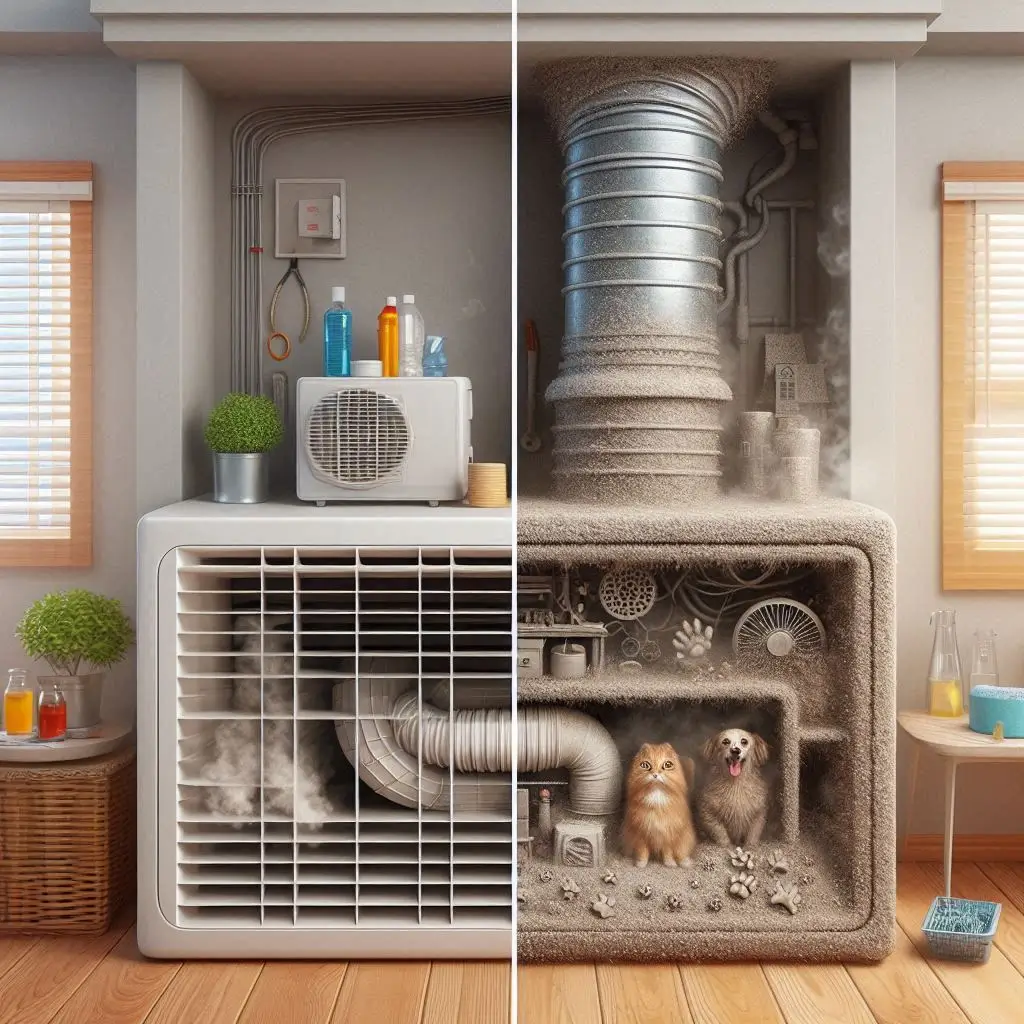
3. Different Cleaning Intervals for Residential and Commercial Settings
While residential settings may follow the general guidelines mentioned above, commercial settings often have additional considerations. The larger scale of HVAC systems in commercial buildings means more frequent cleaning is usually required. Commercial buildings also tend to have higher occupancy, larger foot traffic, and more equipment that can affect air quality. As a result, HVAC vent cleaning should generally occur more frequently to maintain system performance and air quality.
- Residential Settings: In most cases, homeowners should clean their HVAC vents every 2 to 5 years, depending on system use and air quality. However, regular inspections should be conducted annually.
- Commercial Settings: Commercial properties with higher occupancy and continuous use may require cleaning every 1 to 2 years. Larger systems with heavy ventilation needs, such as offices, hospitals, and retail spaces, benefit from more frequent cleaning to ensure optimal airflow and system efficiency.

The Process of Professional HVAC Vent Cleaning
When it comes to keeping your HVAC system running efficiently, professional HVAC vent cleaning plays a vital role. Cleaning HVAC vents is not a simple task, and it requires expertise, specialized tools, and techniques to ensure that every corner of your system is properly cleaned. In this section, we will outline the essential steps involved in a professional HVAC vent cleaning service and highlight the advanced tools and methods used by technicians to provide a thorough and effective cleaning.
1. Initial Inspection and System Assessment
The process of professional HVAC vent cleaning starts with a comprehensive inspection of your system. A licensed HVAC technician will assess your HVAC system’s condition, including the ducts, vents, and other components. The purpose of this inspection is to identify any potential issues, such as blockages, mold growth, or damage, which could affect the cleaning process or the performance of your HVAC system.
- Technician Inspects Vents and Ducts: The technician will check for debris, dust accumulation, or signs of mold and mildew growth inside the ducts.
- Airflow Assessment: They will also assess the airflow to determine if any restrictions are present that could hinder system performance.
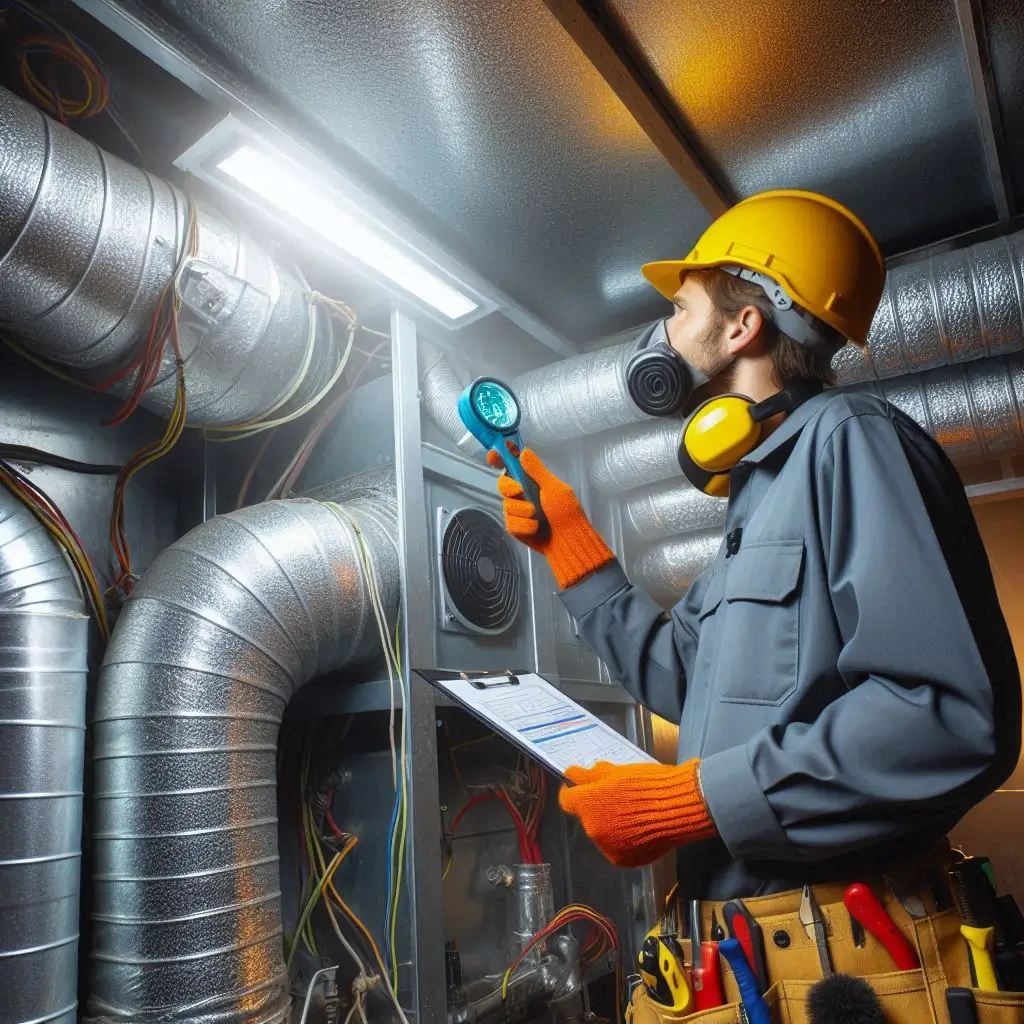
2. Preparation of Cleaning Area
Before the cleaning begins, the technician will take several steps to prepare the area. This includes protecting your home or business from dust and debris that may be dislodged during the cleaning process. The technician will typically use drop cloths or protective sheets to cover the surrounding areas.
- Sealing Vents: All vents are sealed to ensure that no debris escapes into your living or work areas during the cleaning process.
- Setting Up Equipment: The technician will set up specialized equipment to capture dust and contaminants while preventing them from circulating back into the space.
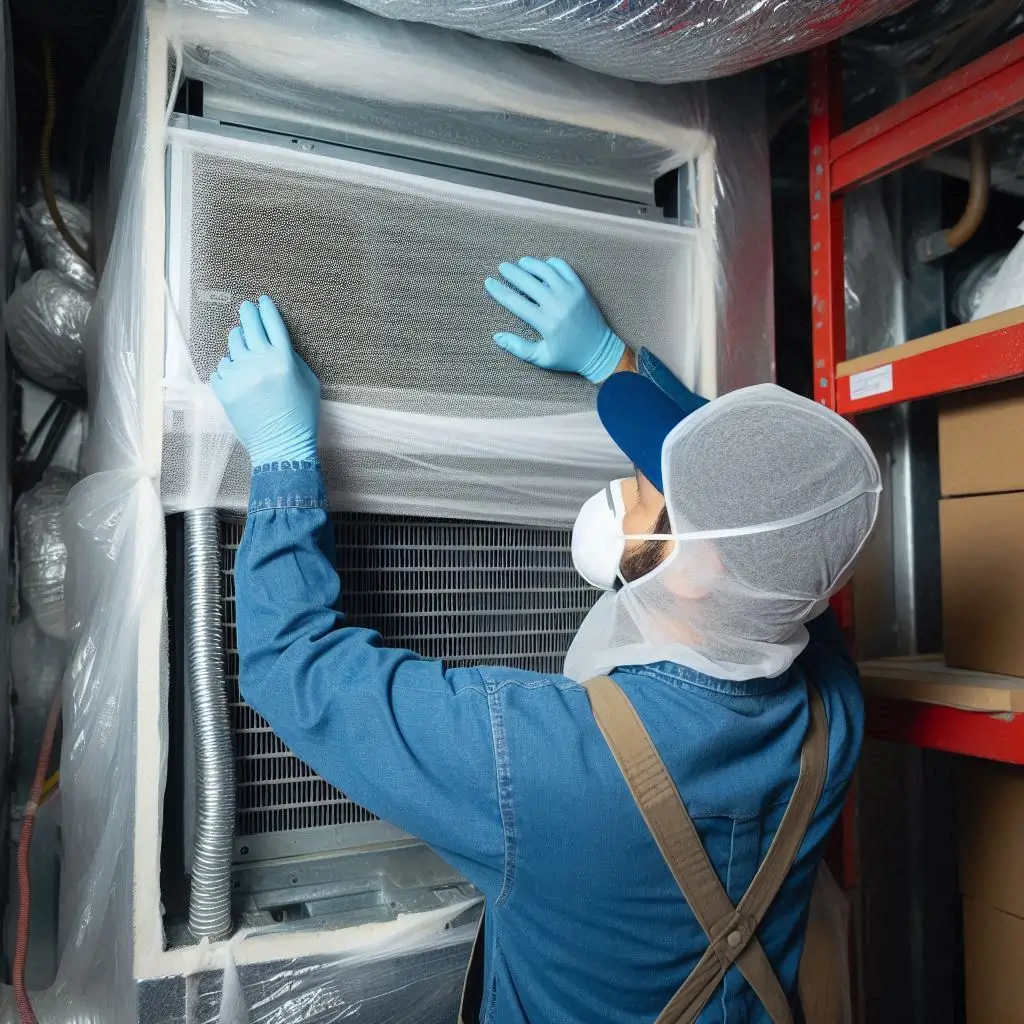
3. Cleaning the Vents and Ductwork
Once the preparation is complete, the cleaning process can begin. The technician will use specialized tools and techniques to remove dust, dirt, allergens, and other contaminants from the vents and ducts. This step is crucial to ensuring the system is thoroughly cleaned and able to function efficiently.
- Vacuuming and Agitation: A high-powered vacuum system is connected to the HVAC system to suction debris out of the vents. This is often accompanied by agitation devices such as rotating brushes or air whips to loosen stubborn debris.
- Cleaning Ductwork: The technician will also clean the ductwork using specialized brushes or air compressors to remove built-up dust and dirt. These tools help dislodge and suck up particles from even the hardest-to-reach areas in the ducts.
4. Post-Cleaning Inspection and Sanitization
After the cleaning process is complete, the technician will conduct a final inspection to ensure that all vents and ducts have been thoroughly cleaned. They will look for any remaining debris, dust, or moisture. In some cases, a sanitizing solution is applied to kill any bacteria or mold that may still be present.
- Inspection for Remaining Contaminants: The technician will check to ensure there are no missed areas and that the ducts are free from dust or mold.
- Sanitizing and Deodorizing: If necessary, they will apply a safe, EPA-approved disinfectant to remove bacteria, mold, and odor-causing substances from the ducts.
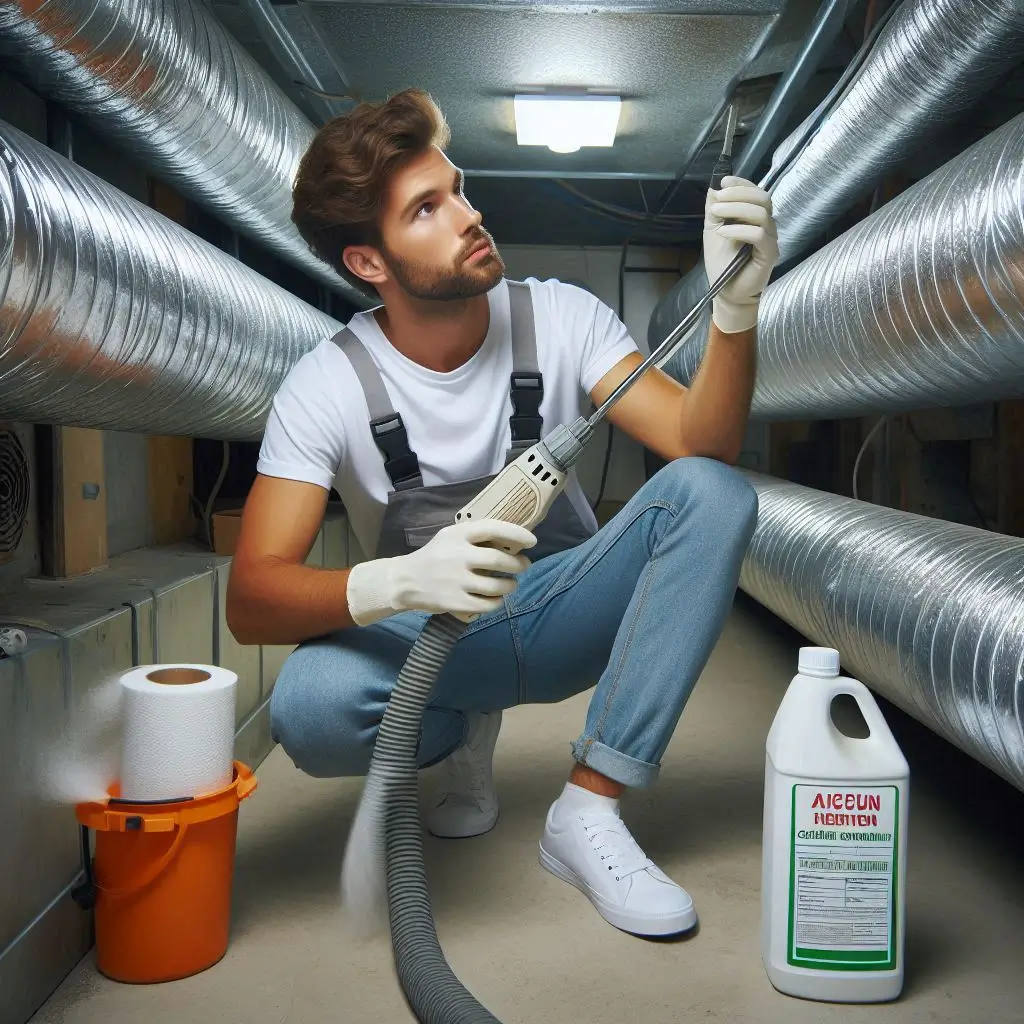
5. Final System Testing and Maintenance Tips
Once the cleaning is finished, the HVAC technician will test the system to ensure it is operating correctly. This includes checking the airflow, inspecting the air quality, and ensuring the system runs smoothly without any issues. They may also provide the homeowner or business owner with maintenance tips to keep the HVAC system clean and efficient for longer periods.
- Airflow and System Functionality Test: The technician will ensure that the airflow is optimal and that the system is operating at peak efficiency.
- Maintenance Tips: Advice on how to maintain clean vents and reduce the accumulation of debris in the future, including the use of air filters and regular inspections.
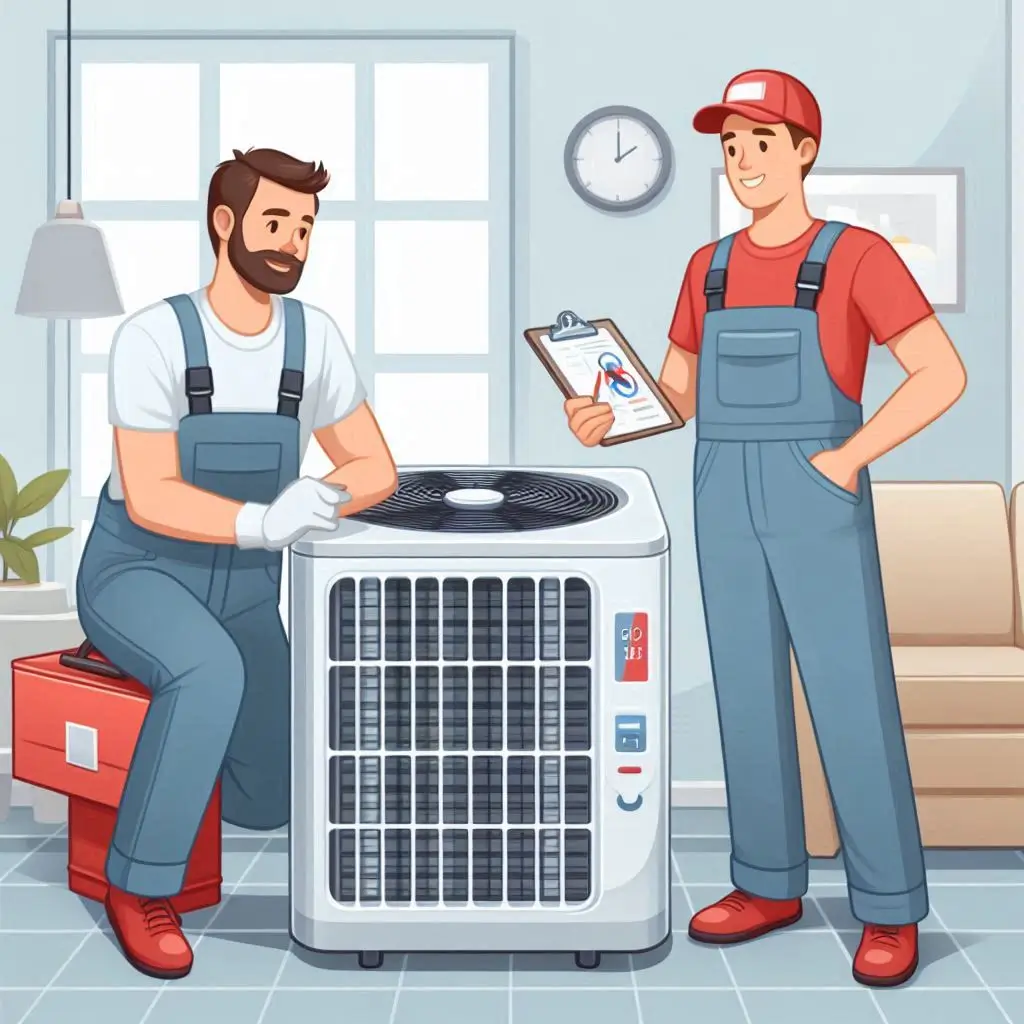
Signs That Your HVAC Vents Need Cleaning
HVAC vents play a crucial role in maintaining the air quality and overall efficiency of your heating and cooling system. However, over time, dust, dirt, and debris can accumulate in the vents, restricting airflow, impacting system performance, and leading to costly repairs. Recognizing the signs that your HVAC vents need cleaning is essential for maintaining your home or business’s comfort and air quality. In this section, we’ll discuss the warning signs of clogged or dirty HVAC vents and how to identify when it’s time for professional cleaning.
1. Poor Airflow and Inconsistent Temperature
One of the most noticeable signs that your HVAC vents need cleaning is poor airflow or inconsistent temperature control throughout your home or office. If you notice that certain rooms are warmer or cooler than others, or if the airflow from your vents feels weak, it may indicate that dust, debris, or other blockages are restricting the flow of air.
- Weak Airflow: Clogged vents and ducts reduce the amount of air that reaches the rooms, leading to uneven temperatures and insufficient cooling or heating.
- Hot or Cold Spots: Dirty vents can cause the air to become trapped in certain areas, resulting in hot or cold spots in the home or business, which can also impact the comfort level of the space.

2. Strange or Musty Odors Coming from Vents
If you notice unpleasant smells, such as musty odors, coming from your HVAC vents, it could be a sign of mold, mildew, or accumulated debris in the ducts. These odors can be especially noticeable when the HVAC system is first turned on after being unused for a while.
- Musty Odors: Mold or mildew growth inside the ducts can emit a musty smell, which is a clear indication that your HVAC system needs cleaning. Mold thrives in the damp, dark environment of ducts and vents, especially if there’s accumulated moisture from humidity or leaks.
- Dusty Smell: If the system is blowing a dusty or stale odor, it may be due to a buildup of dust and debris inside the ducts, which is being circulated by the HVAC system.
3. Rising Energy Bills
Another sign that your HVAC vents may need cleaning is a noticeable increase in your energy bills. When the vents are clogged with dust, dirt, or debris, the system has to work harder to push air through the ducts, leading to higher energy consumption and rising utility bills.
- Increased Workload for the HVAC System: As dirt accumulates in the ducts and vents, the HVAC system becomes less efficient, causing it to run longer to achieve the desired temperature.
- Inefficiency: A dirty system consumes more energy than a clean, well-maintained one. This inefficiency can lead to unexpected spikes in your energy costs, especially during peak heating or cooling seasons.
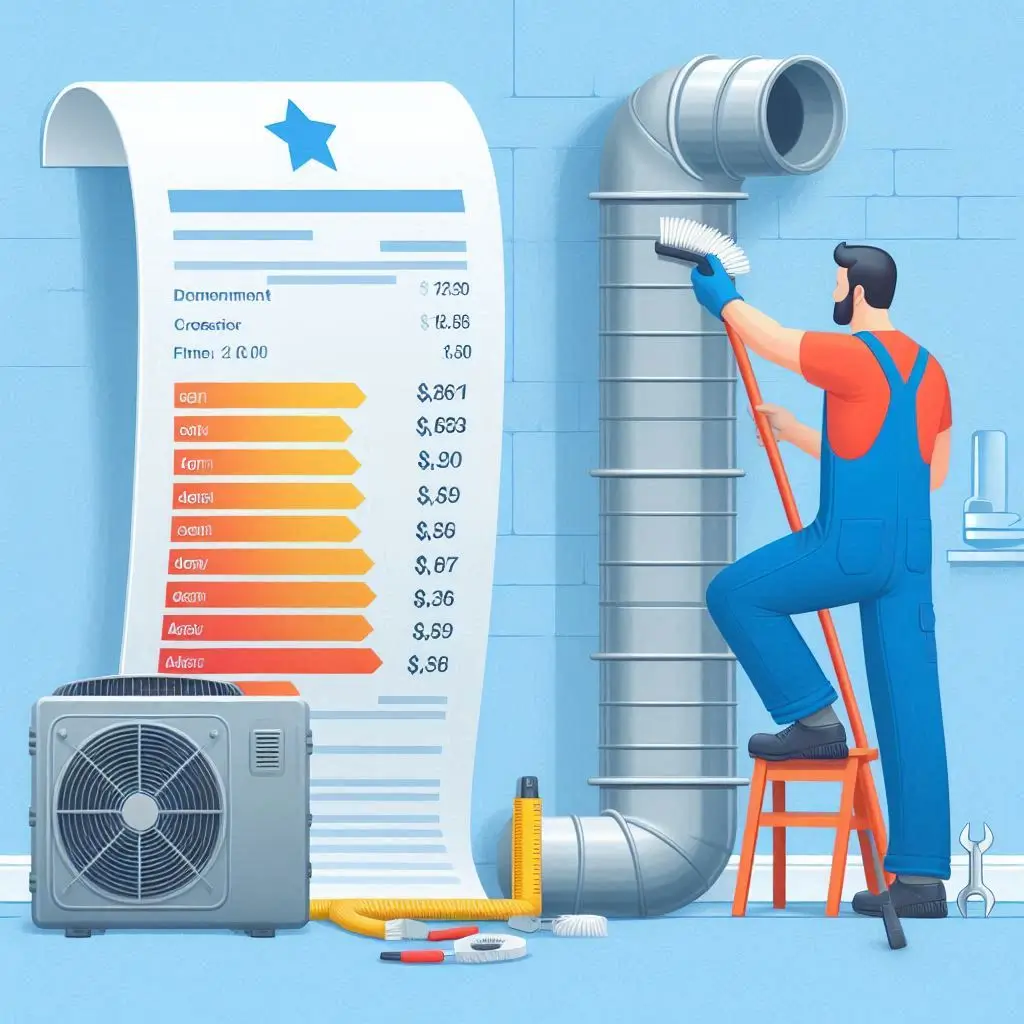
4. Visible Mold or Debris Buildup
If you notice visible mold, dust, or debris around your vents or registers, it’s a clear indication that your HVAC system needs cleaning. Dust and debris can easily accumulate in ducts, and mold growth can occur in areas where moisture is present. In some cases, mold may even be visible around the edges of the vents.
- Mold Growth: If you see mold around the vents or on the ductwork, it’s critical to address it immediately, as mold can impact both your HVAC system’s efficiency and your health.
- Debris or Dust Build-Up: Visible dust or debris around the vents or registers indicates that these materials are circulating through the system, potentially causing poor air quality and system strain.
5. Increased Allergy Symptoms or Respiratory Issues
Dirty HVAC vents can exacerbate allergy symptoms and respiratory problems by circulating dust, pet dander, and mold spores into the air. If you or your family members start experiencing more frequent allergy symptoms, such as sneezing, coughing, or congestion, it may be time to clean the vents and ducts.
- Allergy Symptoms: Dust and allergens trapped in the HVAC system can be released into the air when the system runs, triggering allergic reactions in sensitive individuals.
- Respiratory Problems: Mold spores and other contaminants in the ducts can cause respiratory issues, especially for those with asthma or pre-existing lung conditions.
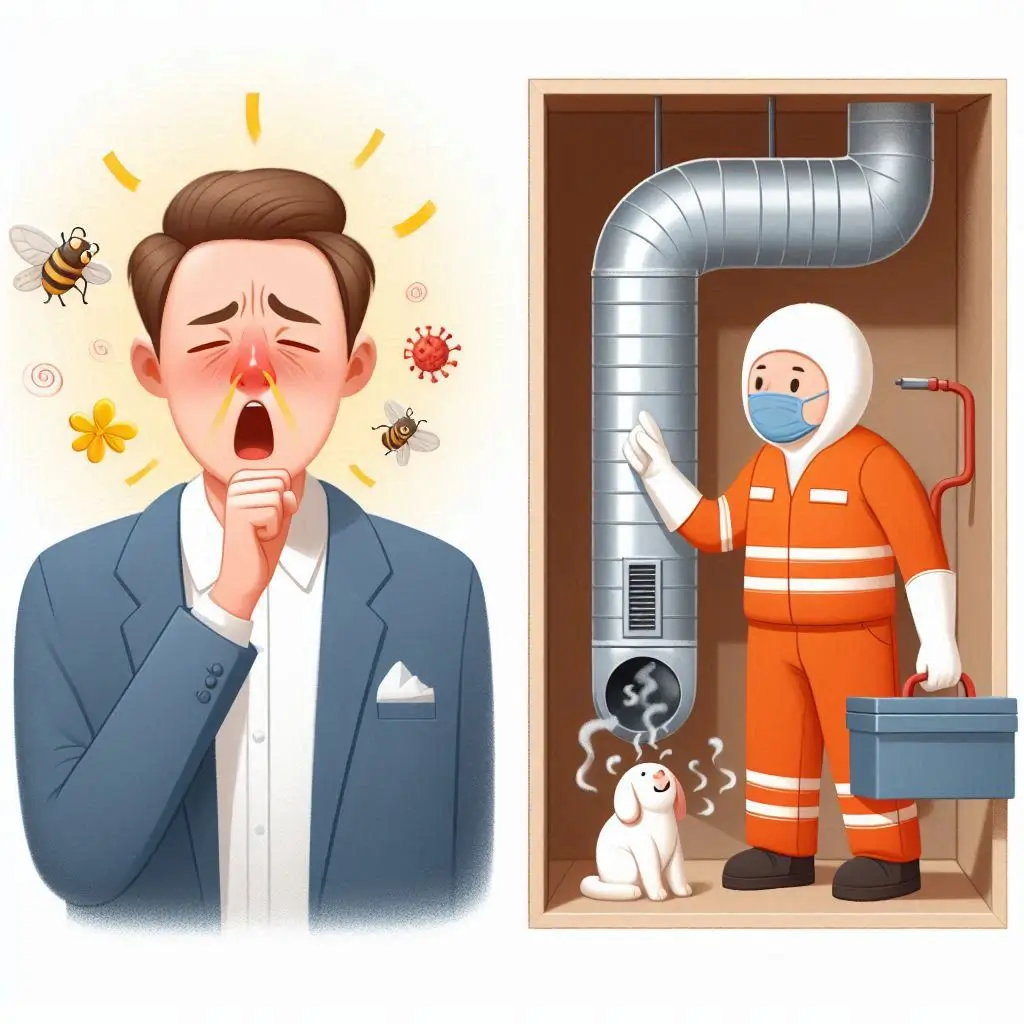
FAQ: HVAC Vent Cleaning
In this FAQ section, we’ll address some of the most common questions regarding HVAC vent cleaning. By providing clear and detailed answers, we aim to educate homeowners and business owners about the importance of keeping their HVAC systems clean and well-maintained. Proper care of your HVAC vents not only improves system efficiency but also ensures healthier indoor air quality.
Q1: How do I know when my HVAC vents need cleaning?
Answer: Knowing when your HVAC vents need cleaning is essential for maintaining a comfortable and healthy indoor environment. Here are some common signs that indicate your HVAC system might need a thorough cleaning:
- Poor airflow: If the airflow from your HVAC vents feels weak or inconsistent, it’s likely that dust or debris is blocking the ducts.
- Strange odors: Musty or dusty smells coming from your vents are often a sign of mold or debris accumulation in the ducts.
- Rising energy bills: A clogged HVAC system works harder to regulate the temperature, leading to higher energy consumption.
- Visible mold or debris: If you can see mold, dust, or other debris around your vents or in your system, it’s time for a cleaning.
- Health symptoms: Increased allergy symptoms, such as sneezing or coughing, may be triggered by dust and allergens circulating through the ducts.
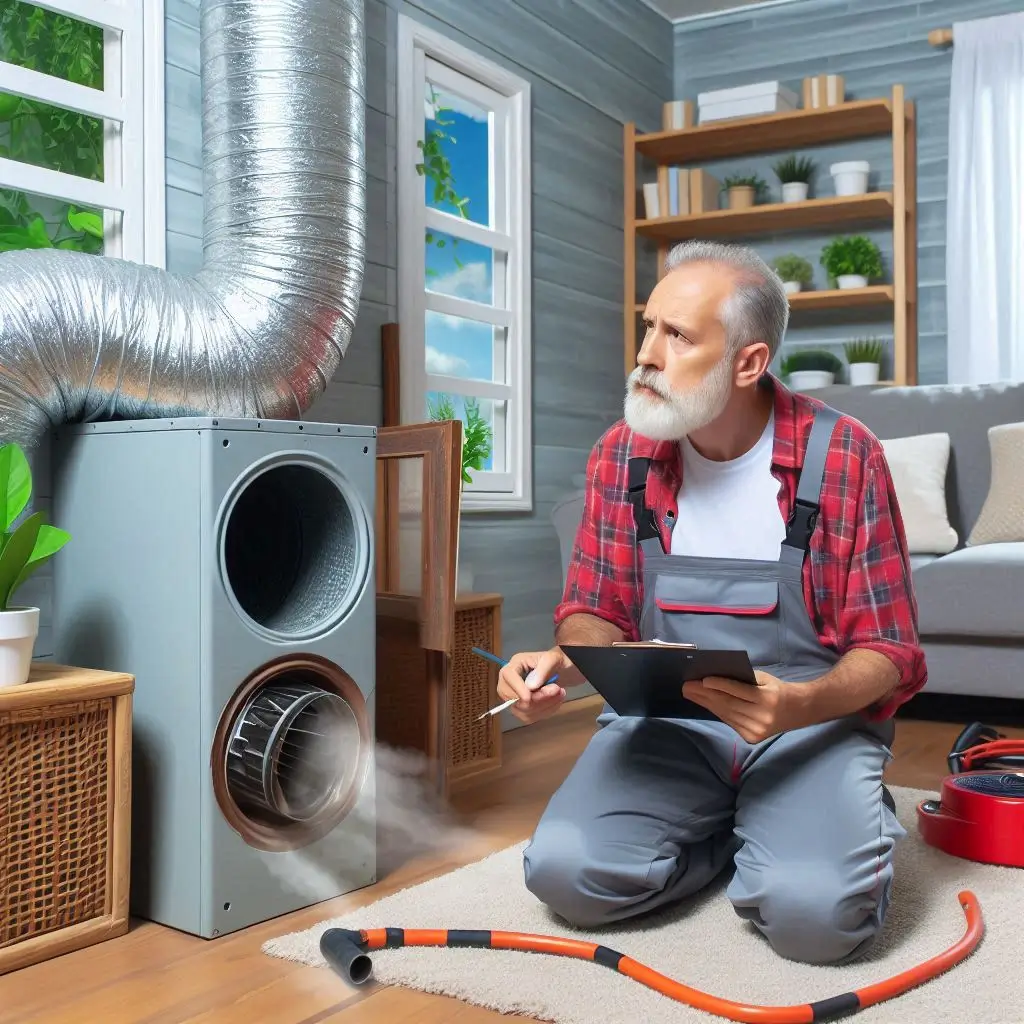
Q2: How often should I clean my HVAC vents?
Answer: The frequency of HVAC vent cleaning depends on several factors, including usage, location, and the air quality in your home or business. Here are some general guidelines:
- Residential settings: For most homes, HVAC vents should be cleaned every 3 to 5 years. However, if you have pets, smokers, or family members with respiratory conditions, more frequent cleaning (every 1 to 2 years) is recommended.
- Commercial settings: In commercial buildings, HVAC systems should be cleaned more regularly due to higher usage. It’s generally recommended to clean the vents every 1 to 3 years, depending on the size of the building and the HVAC system’s capacity.
- Factors that influence cleaning frequency: Consider factors such as local climate (areas with high humidity may require more frequent cleaning) and indoor air quality (dirtier environments may accumulate debris faster).
Q3: Can I clean my HVAC vents myself, or do I need a professional?
Answer: While it’s possible to clean some visible parts of your HVAC system, such as the vents or registers, professional cleaning is recommended for a thorough and effective job. Here’s why:
- DIY cleaning: You can dust or vacuum the grilles and registers to remove visible dirt. However, this will not address debris buildup deeper within the ducts, where most of the dirt and mold can accumulate.
- Professional cleaning: HVAC technicians use specialized tools and equipment, such as high-powered vacuums, rotary brushes, and air whips, to clean the entire system, including the ductwork. They also check for any underlying issues, such as mold, which could pose a health risk.
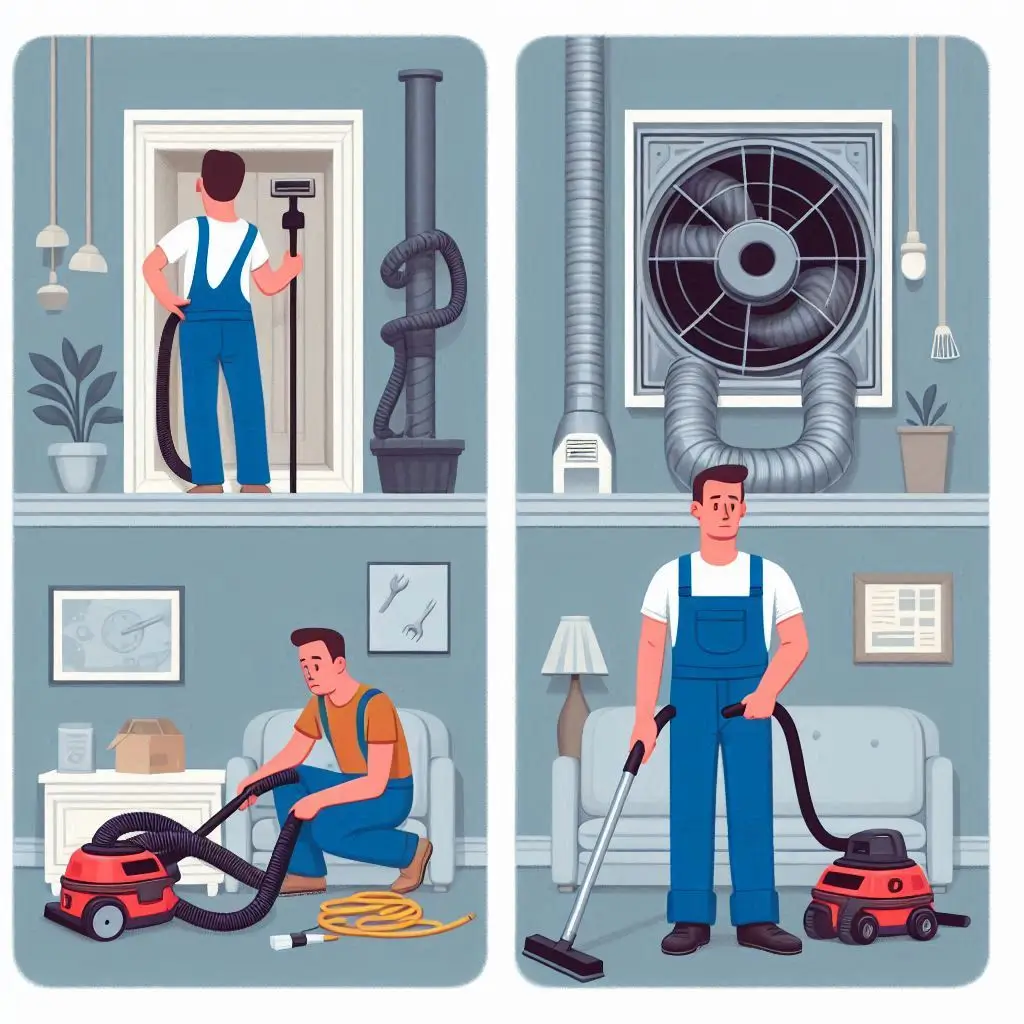
Q4: Is HVAC vent cleaning important for my indoor air quality?
Answer: Yes, HVAC vent cleaning plays a significant role in improving indoor air quality. Over time, dust, mold, pet dander, and other allergens accumulate in your HVAC system’s vents and ducts. These pollutants can be released back into the air each time your system runs, which can lead to:
- Respiratory issues: Breathing in dust and allergens from dirty vents can trigger allergy symptoms, asthma attacks, or other respiratory problems.
- Poor air quality: Mold and bacteria buildup in the ducts can cause foul odors and compromise the overall air quality in your home or business.
- Cleaner air: Regular cleaning removes these pollutants, ensuring that the air circulating through your space is clean and healthy.
Q5: How does HVAC vent cleaning improve system efficiency?
Answer: When HVAC vents become clogged with dust, debris, or mold, it forces the system to work harder to push air through the ducts, leading to reduced efficiency. By cleaning the vents, you can:
- Increase airflow: Clearing blockages allows air to flow freely, which helps maintain a comfortable temperature throughout the building.
- Reduce system strain: A clean HVAC system doesn’t have to work as hard, reducing the wear and tear on components like the blower motor, coils, and filters.
- Lower energy bills: A well-maintained system operates more efficiently, using less energy to heat or cool your home, which can help lower your monthly utility costs.

Q6: Can dirty HVAC vents cause health problems?
Answer: Yes, dirty HVAC vents can lead to various health problems, especially for individuals with allergies, asthma, or respiratory conditions. The accumulation of dust, mold, and allergens inside the ducts can be distributed throughout the air each time the system operates. Common health problems caused by dirty HVAC vents include:
- Allergy symptoms: Sneezing, coughing, nasal congestion, and itchy eyes due to dust, pollen, and pet dander.
- Asthma attacks: Exposure to airborne irritants can trigger asthma symptoms, leading to wheezing, shortness of breath, and chest tightness.
- Mold-related illnesses: If mold is present in the ducts, it can cause respiratory infections, headaches, or sinus issues, particularly in sensitive individuals.

Conclusion:
In conclusion, HVAC vent cleaning is a vital service that not only improves the efficiency of your HVAC system but also ensures better indoor air quality for your home or business. Regular cleaning helps prevent costly repairs, reduces energy bills, and minimizes health risks associated with mold, dust, and allergens. By recognizing the signs that your HVAC vents need cleaning, following proper maintenance schedules, and relying on professional services, you can extend the lifespan of your system while enjoying a cleaner and healthier indoor environment. Don’t wait until problems arise—schedule your HVAC vent cleaning today to optimize both your comfort and system performance.

